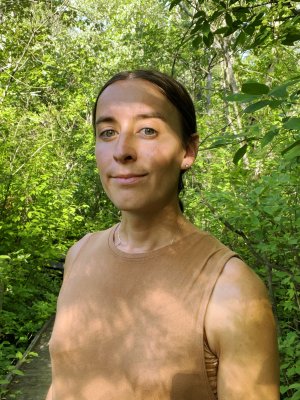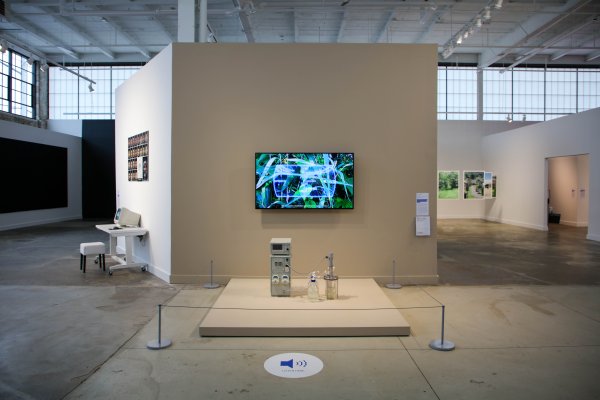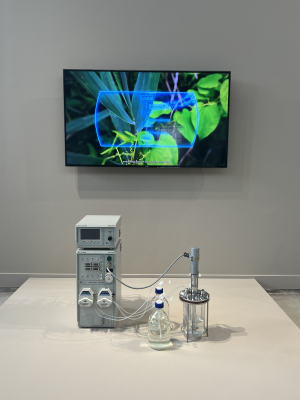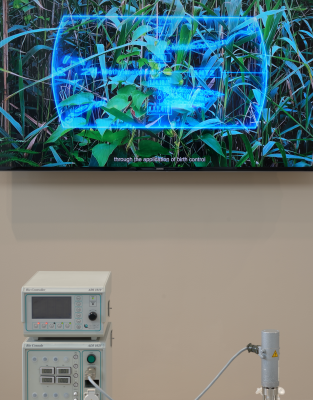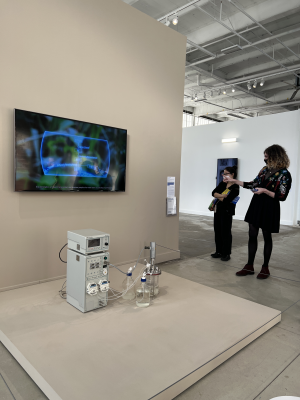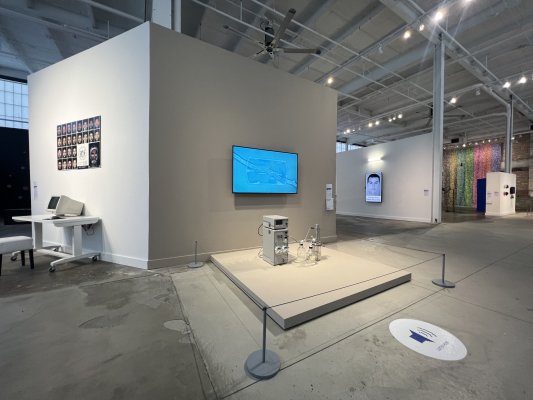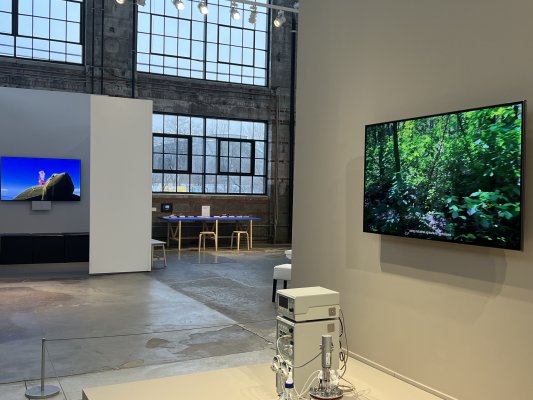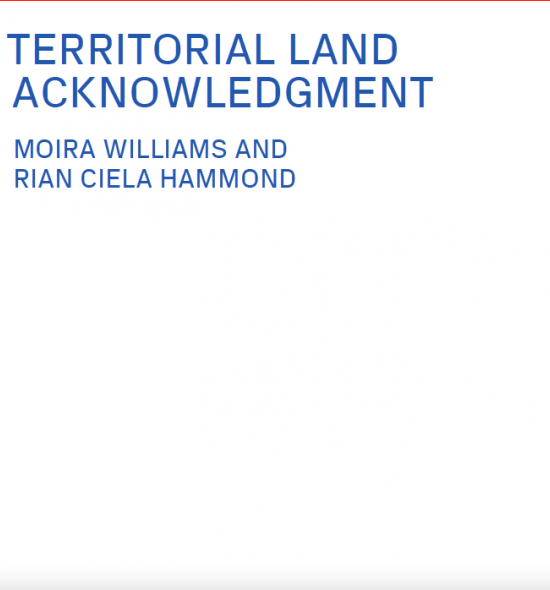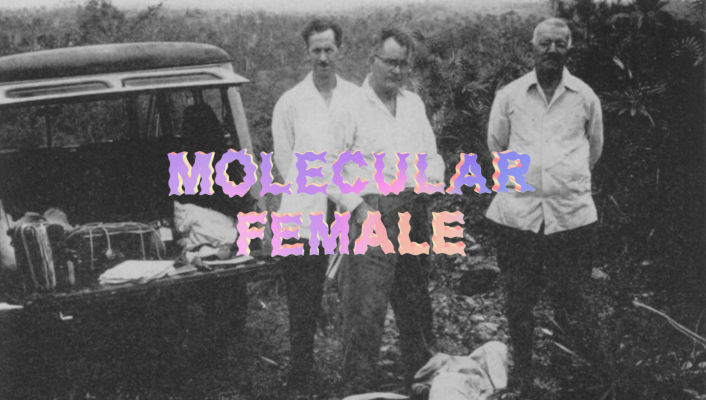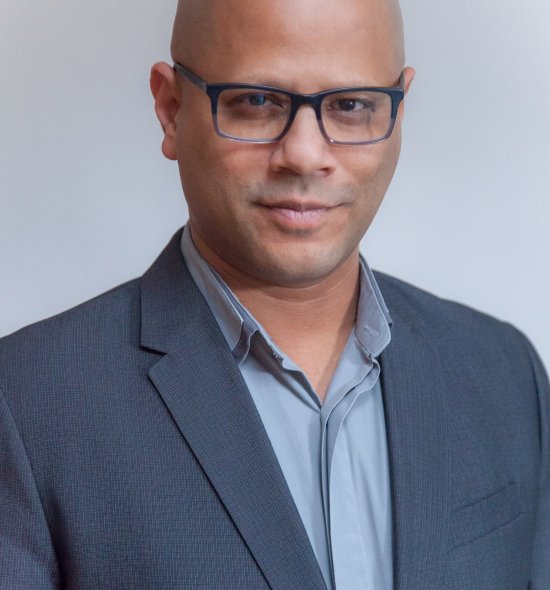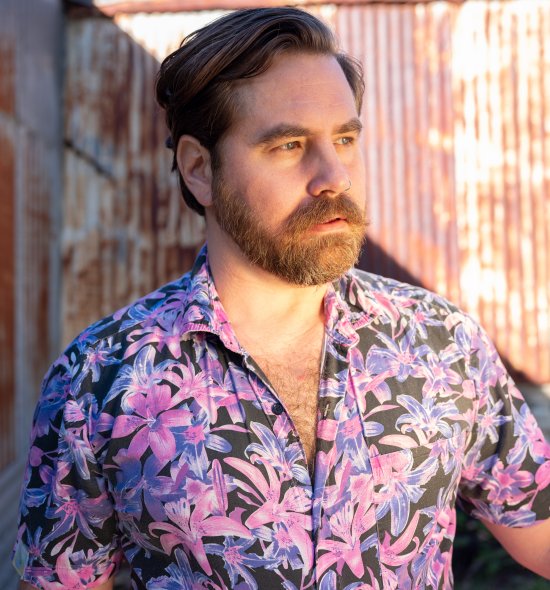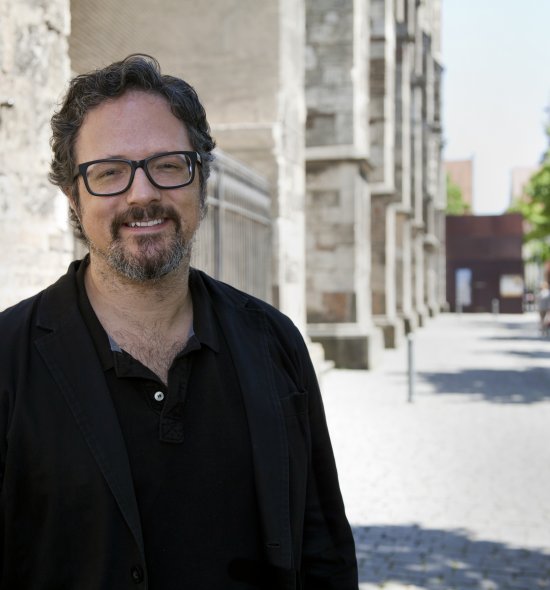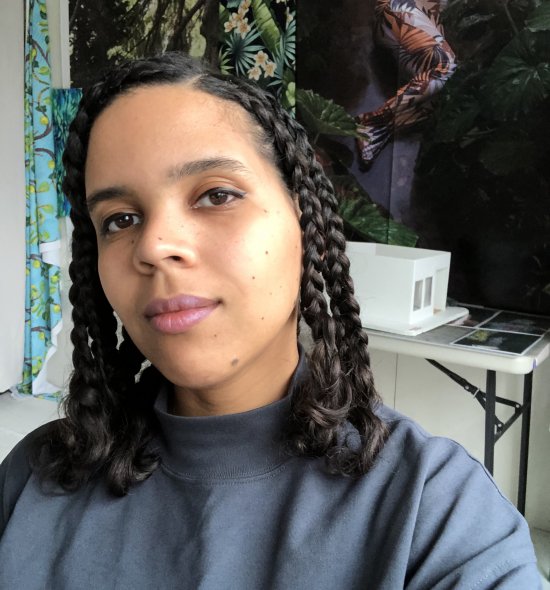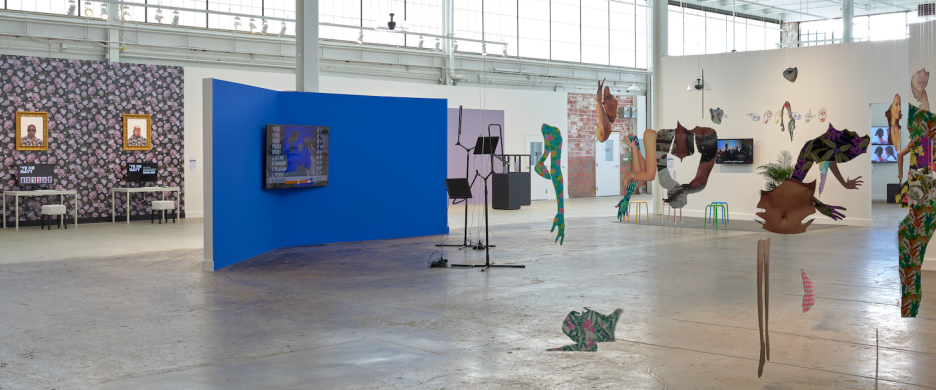Root Picker, 2021
Digital video (color, sound) displayed on monitor; bioreactor containing soil fungi transforming wild yam extract into steroid hormones
Narration by Gabriela Cordoba Vivas
Running time: 8 minutes, 5 seconds, looped
Courtesy of the artist
“I’m thinking about coloniality as an ongoing process and a structure that we’re all embedded in, rather than a historical period. And through that, I’m thinking about hormone pharmaceuticals and gender as technologies of coloniality. I really want to open a space for people to think about this and to ask, ‘How can we hack this? How can we glitch this, together?’”
—Rian Hammond
Rian Hammond (they/them/theirs) is a self-described “transfeminist” bioartist. Their practice involves hacking the production of the hormone estrogen, which is commonly used in birth control and gender transitioning. They also teach public workshops about their methods, challenging pharmaceutical companies’ monopoly on this science.
Estrogen is derived from the steroid diosgenin that is found in the wild yams of eastern North America, where Indigenous communities have used them to treat menstruation, pregnancy, childbirth, and menopause. Hammond’s installation Root Picker includes a bioreactor that is actively transforming diosgenin into the steroids progesterone and androstenedione, which are precursors of estrogen and testosterone. In the accompanying video, Hammond explores what they call the “inherent queerness” of the yam, as well as the history and politics of the industrial production of estrogen. By combining footage of the yam’s wild habitat, a digital graphic representing the metabolic pathway of diosgenin, and a narration that explains the role of colonialism in hormone manufacturing, the video suggests that gender itself is a kind of code that is simultaneously programmed by organic, technological, and social systems.
Support for Rian Hammond’s work was provided by Coalesce: Center for Biological Art at the University at Buffalo, the University at Buffalo Department of Chemical and Biological Engineering, and the UB Center for the Arts.
